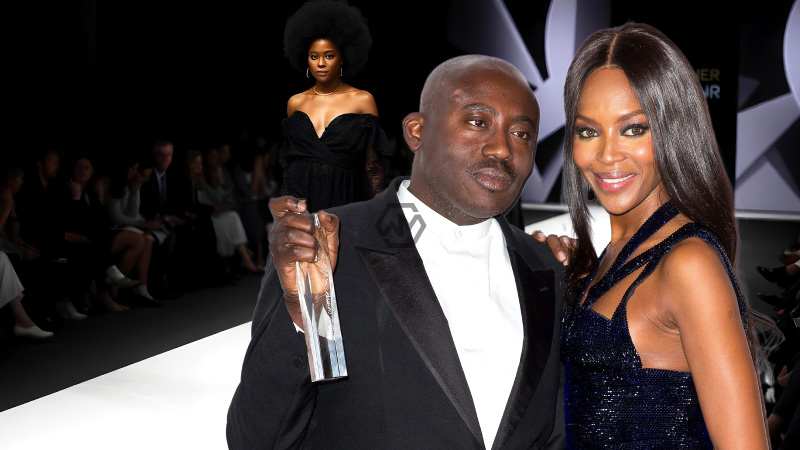- The fashion industry has seen progress in diversity, yet true equality remains a challenge.
- Many Black designers integrate their cultural heritage into their work, telling rich stories through textiles and styles.
- Despite increased visibility, skepticism persists regarding the authenticity of efforts to promote racial diversity in fashion.
The fashion industry has made significant strides toward diversity, marked by milestones achieved by prominent Black figures. However, many within the community express concern that these changes may not reflect a true commitment to equality.
Black designers often draw from their cultural heritage, using their craft to convey powerful narratives and historical references.
Navigating Bias: The Experiences of Black Fashion Designers
The historical impact of Black designers on the fashion industry is profound, yet challenges persist that impede genuine progress. Designers like Joe Casely-Hayford and Martine Rose have carved out significant spaces for themselves by integrating African influences into their work. This legacy is vital in shaping the narrative of contemporary British fashion, showcasing the rich tapestry of cultural contributions that continue to evolve today.
Despite increased recognition, many Black designers remain skeptical about the sincerity of the industry’s commitment to diversity. Experiences shared by designers such as Emile Vidal Carr highlight ongoing racial biases, with certain labels applied to their work that restrict broader acceptance and understanding. This reveals a need for the industry to confront these biases directly and create a more inclusive environment.
As the conversation around diversity evolves, it is essential for institutions and stakeholders in the fashion industry to examine their practices and genuinely support Black creatives. This support goes beyond superficial visibility; it involves dismantling systemic barriers and fostering an inclusive culture that values diverse voices.
In conclusion, while the fashion industry has taken steps toward embracing diversity, the journey toward true equality is ongoing. Black designers play a crucial role in this narrative, and their experiences underscore the importance of authentic representation in shaping a more inclusive future.
“When I used Black models, buyers labelled my designs as ‘urban.’” — Emile Vidal Carr



